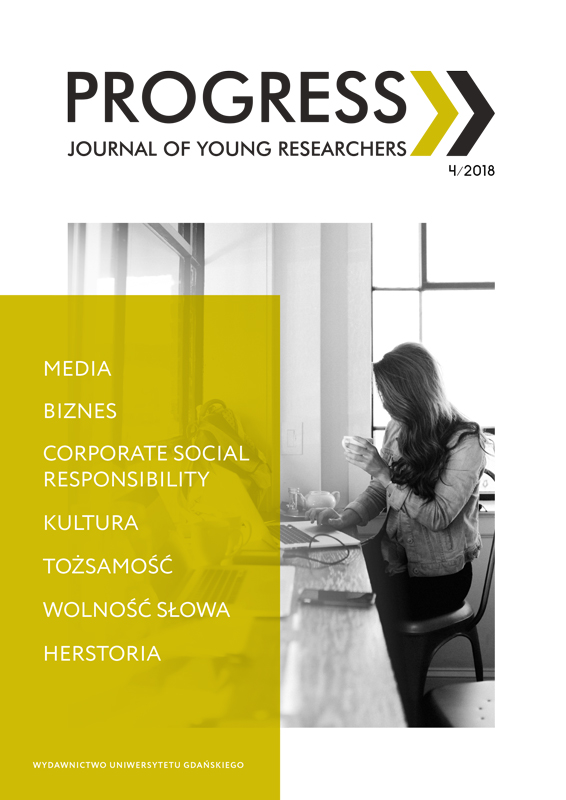Mit wspólnotowości jako podstawa interakcji z internetowymi interfejsami
Community myth as a basis for human’s interaction with web interfaces
Author(s): Justyna SkrzypnikSubject(s): Social Sciences
Published by: Wydawnictwo Uniwersytetu Jagiellońskiego
Keywords: communication in Web 2.0.; social media; community it the Internet; word in the Internet; image in the Internet
Summary/Abstract: The history of media development can be interpreted as a process of externalizing cognitive processes and mediating contact between human and the world, and thus separating it from reality. Since the time of the invention (of writing), such categories as: absence, distance, solitude were embedded in the history of media development. New media (and new new media), founded on the idea of interactivity and participation, seem to go in the opposite direction. The community seem to be seen as the basis of user’s web 2.0 experience. The culture of sharing or exchanging gifts are just some of the ideas, which evidences belief in community in the new media. The concept of collectivity appears in this context as the key word for interpretation conditioned by the new media culture. Internet algorithms – PageRank, TrustRank, and EdgeRank – determine the content of the network, are based on the belief that their basis is not visibility for bots but collective authentication of content. This is the way to create mythical image of communication in Web 2.0, which seem to implicate the formation of cybercommunities, but on the other hand – proves that communication in Web 2.0 is an area of increasing alienation.
Journal: Progress. Journal of young researchers
- Issue Year: 2018
- Issue No: 4
- Page Range: 11-19
- Page Count: 9
- Language: Polish

